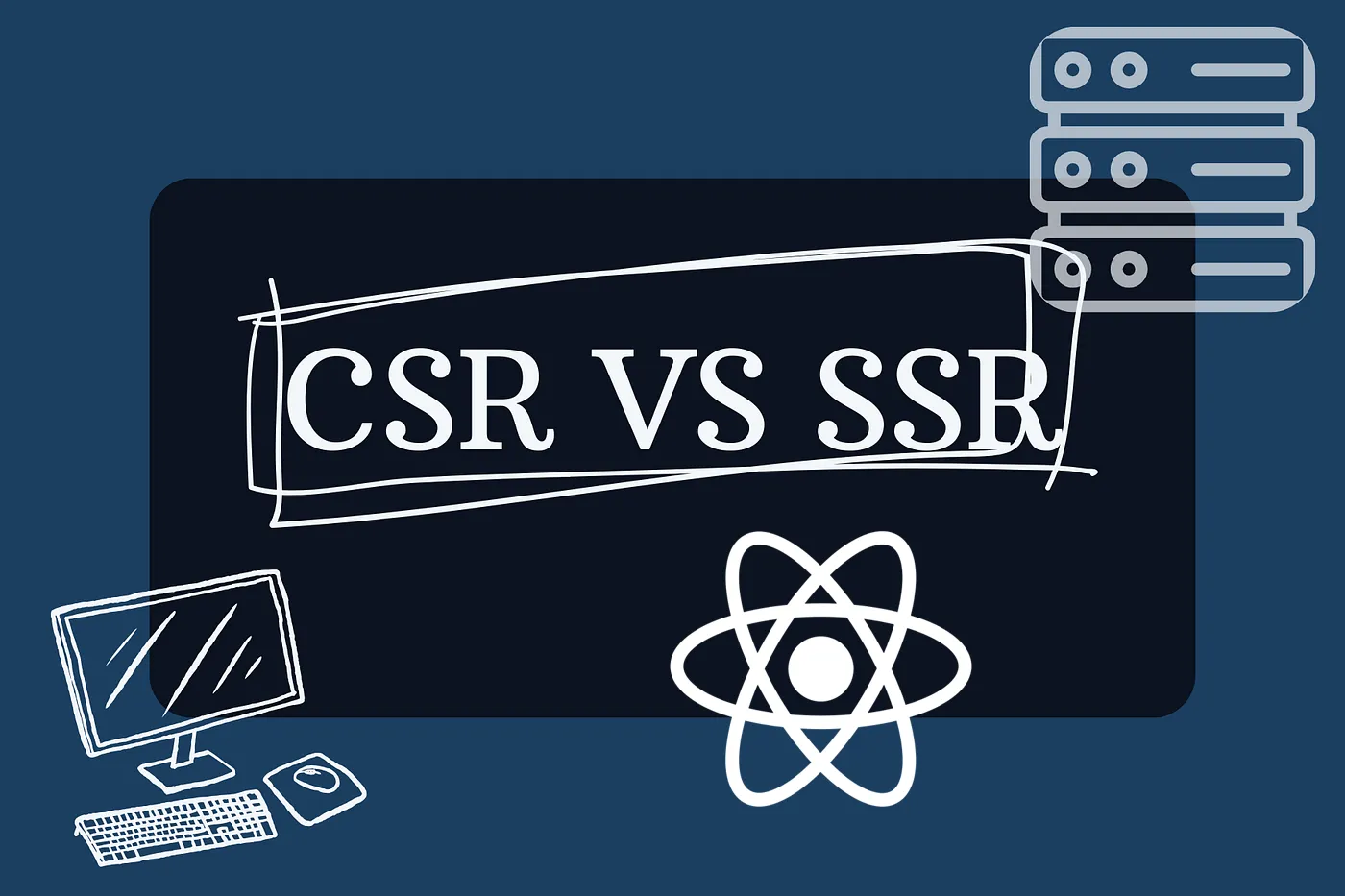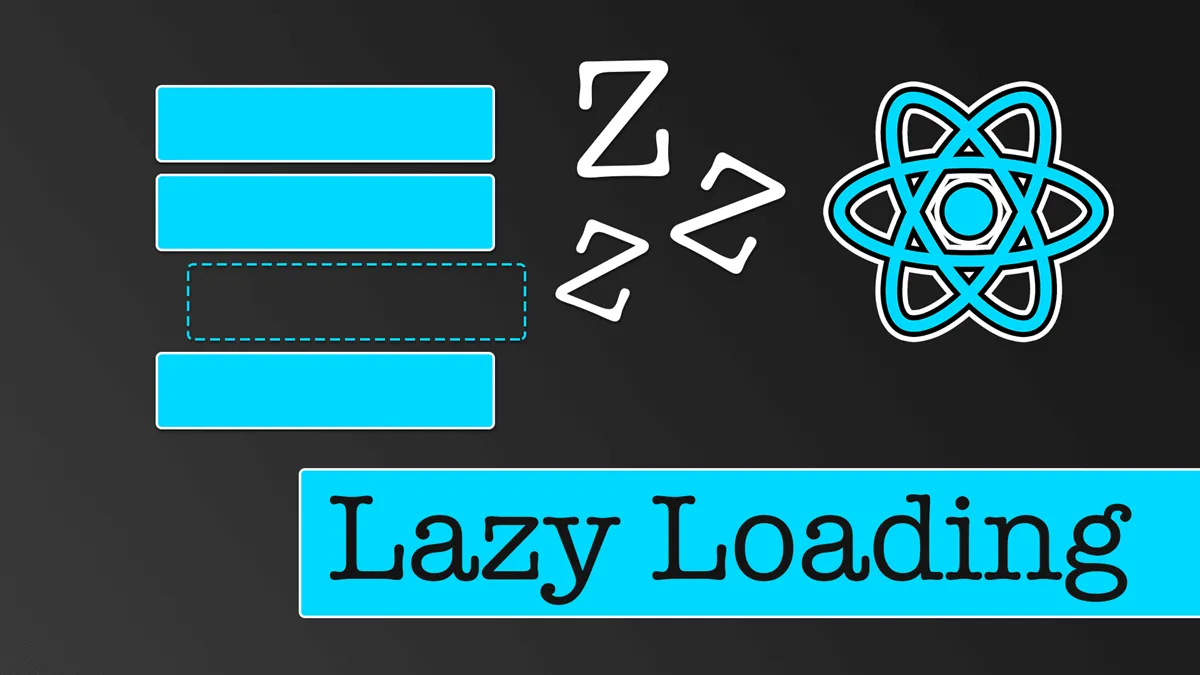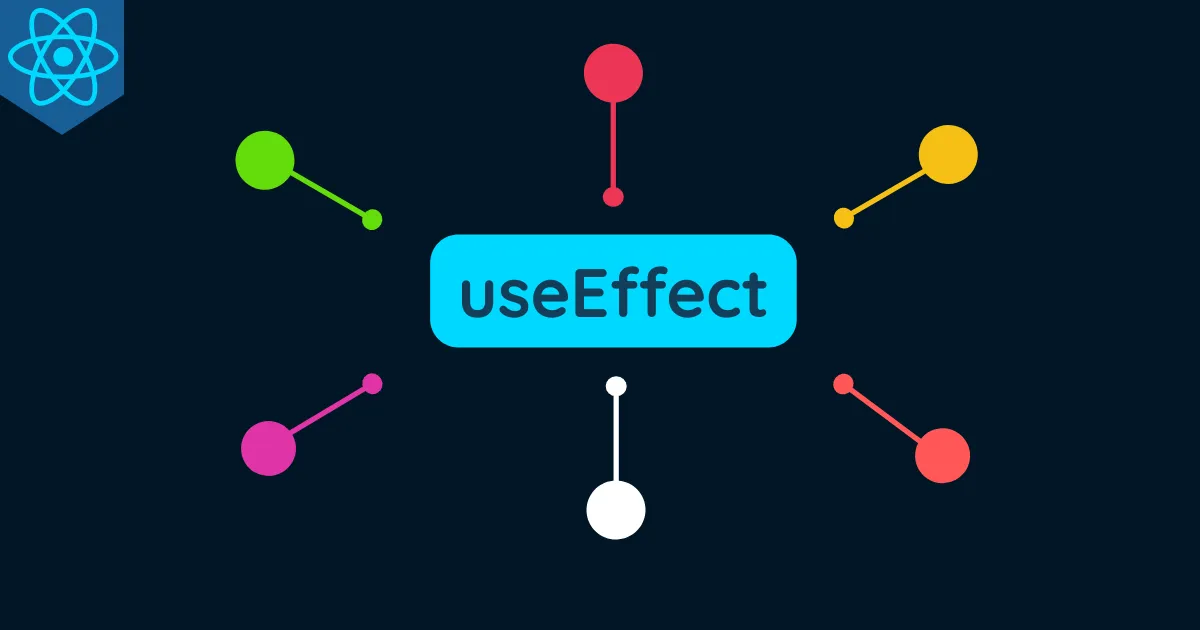In today's flat world, "internationalization" (i18n) of a React application is no longer an optional add-on but has become an essential requirement to reach global users. Building a website or application that supports multiple languages helps enhance user experience, increase accessibility, and demonstrate the professionalism of your product.

This article will provide a comprehensive, in-depth, and engaging look at how to implement multi-language support in React, from library selection and detailed implementation steps to performance optimization and SEO.
Why is "internationalization" important?
Integrating multi-language support into React applications brings undeniable benefits:
- Market Expansion: Reach millions of new users worldwide in their native language.
- Enhanced User Experience: Users will feel more comfortable and engaged when interacting with an application in their familiar language.
- Brand Credibility: A multi-language application demonstrates customer care and business professionalism.
- Improved SEO: Optimizing search engines for multiple languages helps your website rank higher in different countries.
Choosing the Right Option: react-i18next vs. react-intl
When it comes to implementing multi-language support in React, two names stand out: react-i18next and react-intl. The choice of library depends on the specific needs of your project.
| Feature | react-i18next | react-intl |
|---|---|---|
| Ecosystem | Part of the i18next ecosystem, supporting multiple frameworks. | Part of Format.js, strongly focused on international standards. |
| Syntax | Flexible, easy to use. | Based on ICU Message Format standard, powerful for complex formatting. |
| Features | Very feature-rich: lazy loading, namespaces, browser language detection... | Focused on message formatting, numbers, dates. |
| Size | Slightly larger due to i18next dependency. | Lighter. |
| Community | Very large and active. | Large and trusted by many businesses. |
Recommendations:
- Choose
react-i18nextif you need a comprehensive, flexible, feature-rich solution that's easy to scale. This is the popular choice for most projects. - Choose
react-intlif your project requires strict compliance with international formatting standards (ICU) and you need a library that specializes in data formatting.
Detailed Guide: Implementing Multi-language with react-i18next
As mentioned, react-i18next is a powerful and popular choice. Below are the steps to integrate it into your React project.
1. Install Required Libraries
Open your terminal and run the following command in your project directory:
npm install react-i18next i18next i18next-browser-languagedetector i18next-http-backend
react-i18next: Bridge library between React and i18next.i18next: Core of the i18n system.i18next-browser-languagedetector: Automatically detects the user's browser language.i18next-http-backend: Loads translation files from the server.
2. Translation File Structure
Create a locales folder inside your public directory to contain JSON translation files.
public/
└── locales/
├── en/
│ └── translation.json
└── vi/
└── translation.json
File public/locales/en/translation.json (English):
{
"welcome": "Welcome to our website!",
"learn_react": "Learn React"
}
File public/locales/vi/translation.json (Vietnamese):
{
"welcome": "Chào mừng đến với trang web của chúng tôi!",
"learn_react": "Học React"
}
3. Configure i18next
Create an i18n.js file in the src directory to configure i18next.
File src/i18n.js:
import i18n from 'i18next'
import { initReactI18next } from 'react-i18next'
import LanguageDetector from 'i18next-browser-languagedetector'
import Backend from 'i18next-http-backend'
i18n
// Load translation files from backend
.use(Backend)
// Automatically detect language
.use(LanguageDetector)
// Connect with React
.use(initReactI18next)
.init({
fallbackLng: 'en', // Default language if detection fails
debug: true, // Enable debug mode in development environment
interpolation: {
escapeValue: false, // React already protects against XSS
},
})
export default i18n
Then, import this file into src/index.js or src/main.jsx:
// ... other imports
import './i18n' // Import i18next configuration file
// ...
4. Using in Components
Use the useTranslation hook to access translation functions in your component.
File src/App.js:
import React from 'react'
import { useTranslation } from 'react-i18next'
function App() {
const { t, i18n } = useTranslation()
const changeLanguage = (lng) => {
i18n.changeLanguage(lng)
}
return (
<div>
<header>
<h1>{t('welcome')}</h1>
<button onClick={() => changeLanguage('en')}>English</button>
<button onClick={() => changeLanguage('vi')}>Tiếng Việt</button>
</header>
<main>
<p>{t('learn_react')}</p>
</main>
</div>
)
}
export default App
Now, your application can switch languages flexibly!
SEO Optimization for Multi-language Websites
To help search engines like Google understand and index different language versions of your website, you need to follow these principles:
- Use Separate URLs: Each language should have its own URL.
- Subdirectory (Recommended):
example.com/en/,example.com/vi/ - Subdomain:
en.example.com,vi.example.com
- Subdirectory (Recommended):
hreflangTags: Use<link rel="alternate" hreflang="..." href="...">tags in the<head>section of your page to inform Google about different language versions.
<link rel="alternate" hreflang="en" href="http://example.com/en" />
<link rel="alternate" hreflang="vi" href="http://example.com/vi" />
<link rel="alternate" hreflang="x-default" href="http://example.com/en" />
- Translate Metadata: Don't forget to translate
titletags,meta description, and imagealtattributes. - Sitemap: Include all URLs of different language versions in your sitemap.
Performance Optimization
Loading additional translation files can impact performance. Here are some optimization techniques:
- Lazy Loading: Using
i18next-http-backendas in the example above will automatically load language files on-demand instead of loading all at once. - Code Splitting: Split translation files by page or "namespace" to only load what users actually need.
- Caching: Browsers will automatically cache loaded language files, improving speed for subsequent visits.
- Production Build: Always ensure you're deploying an optimized version for the production environment.
Integrating multi-language support into React applications is a strategic move that opens doors to global users. By choosing the right tools and following best practices, you can build a seamless, professional, and efficient user experience.



